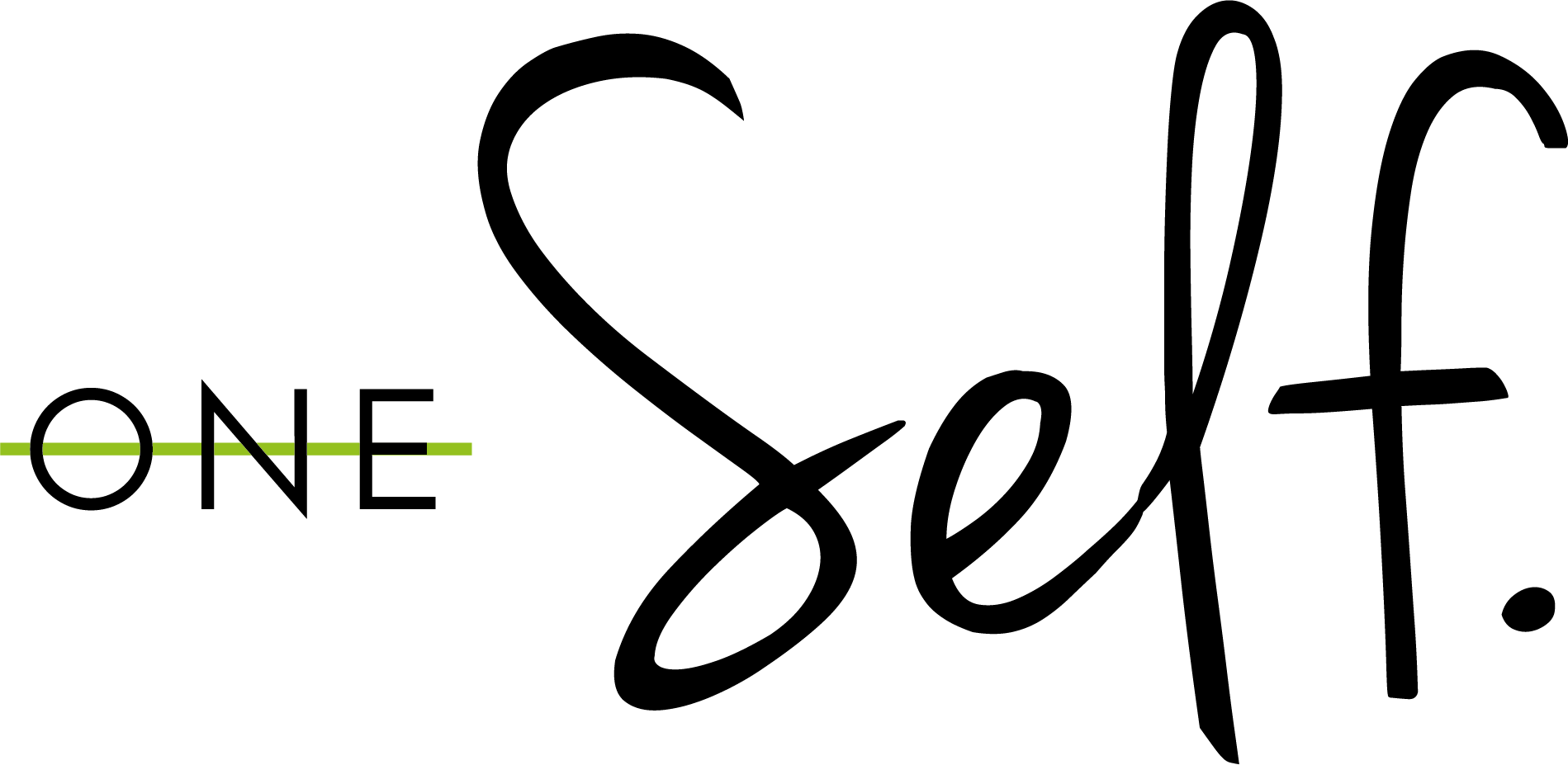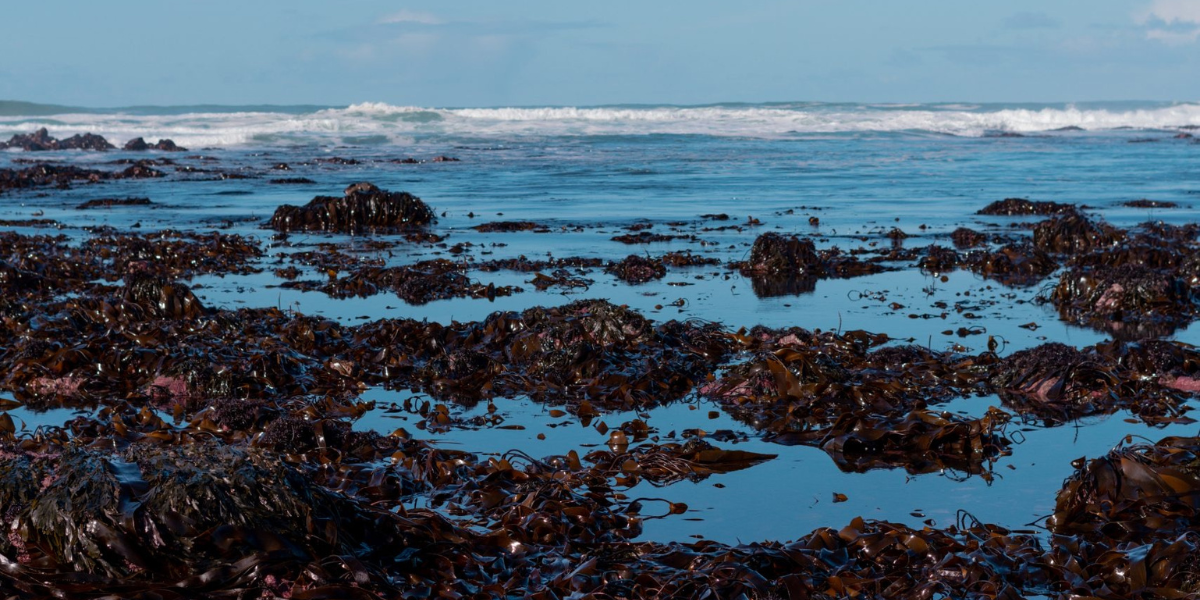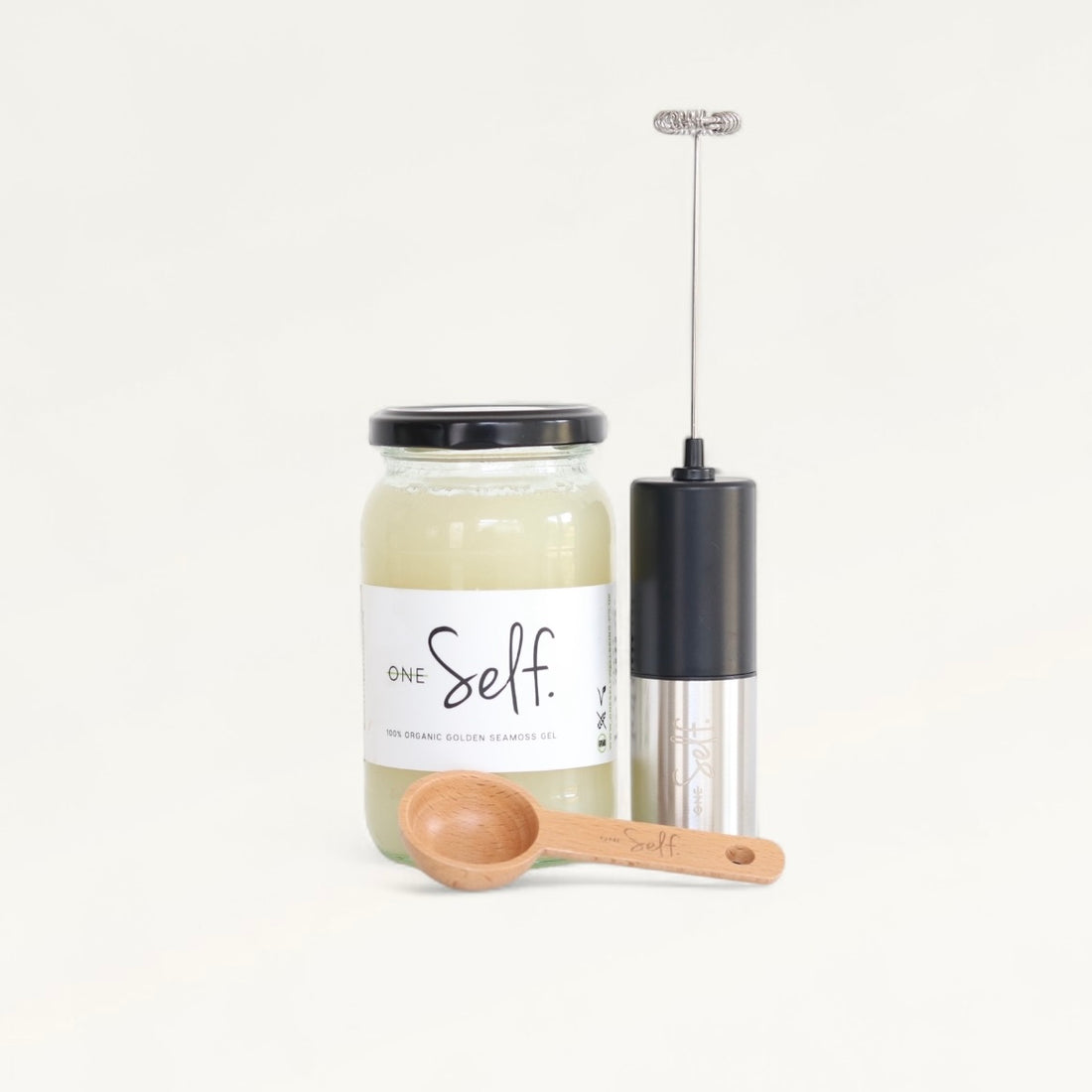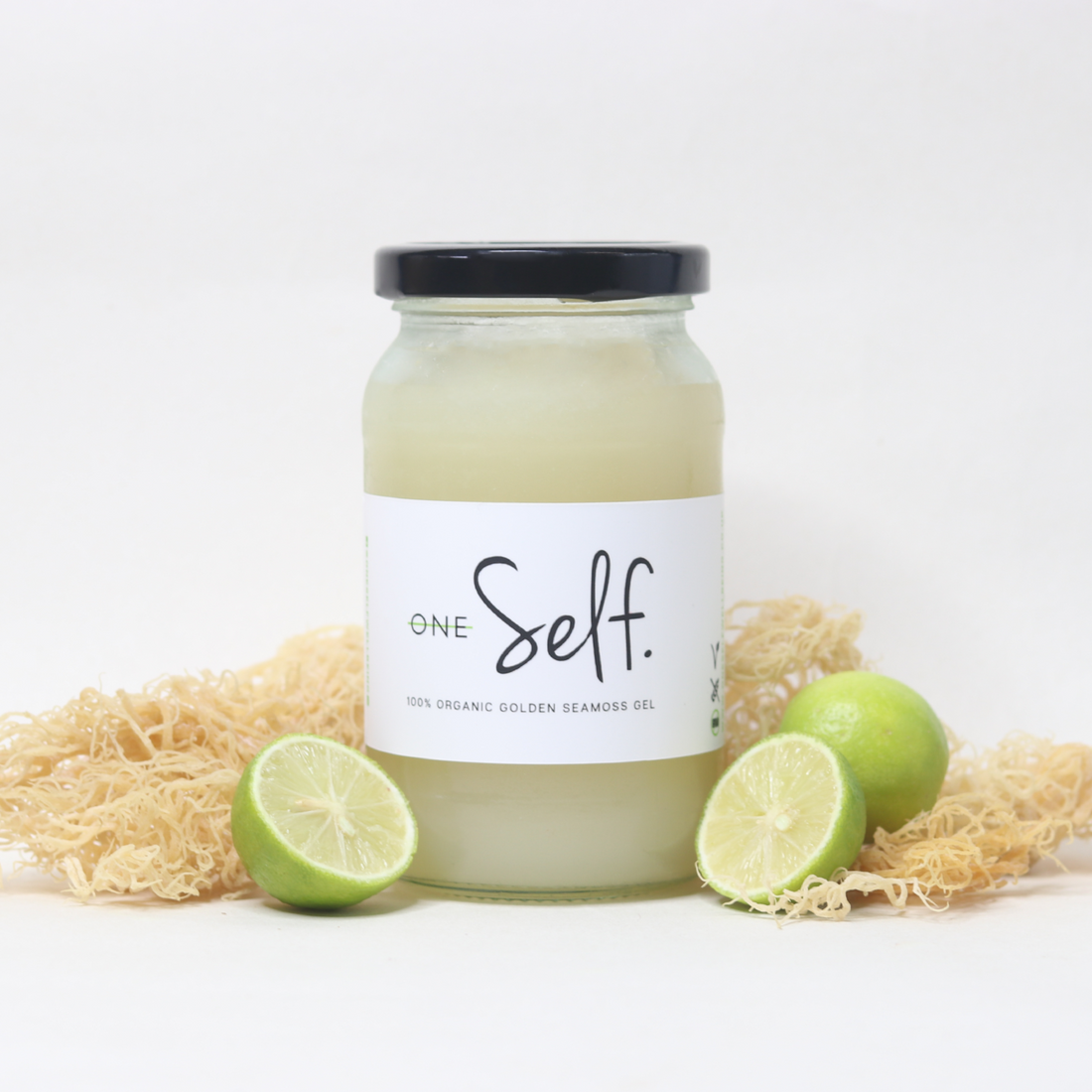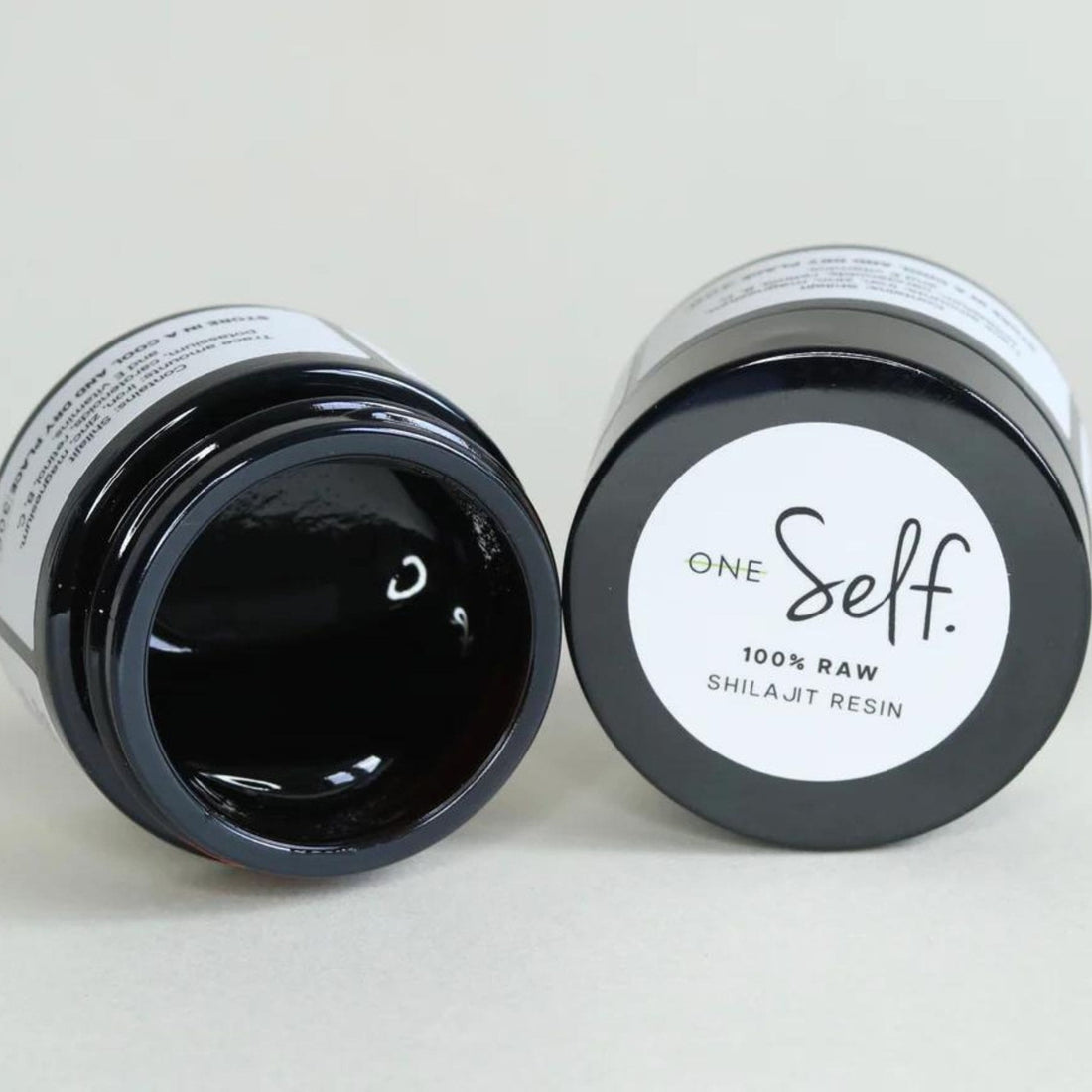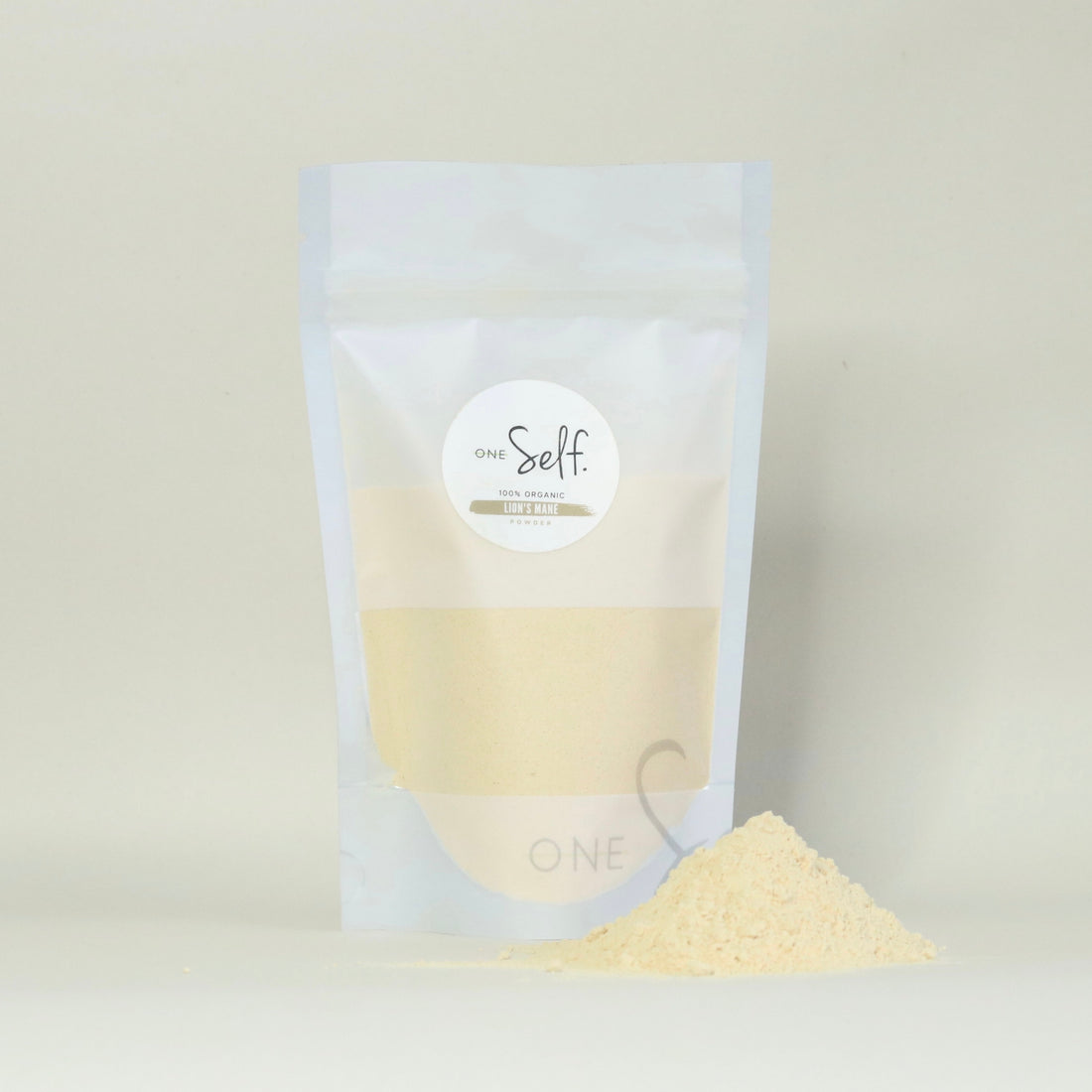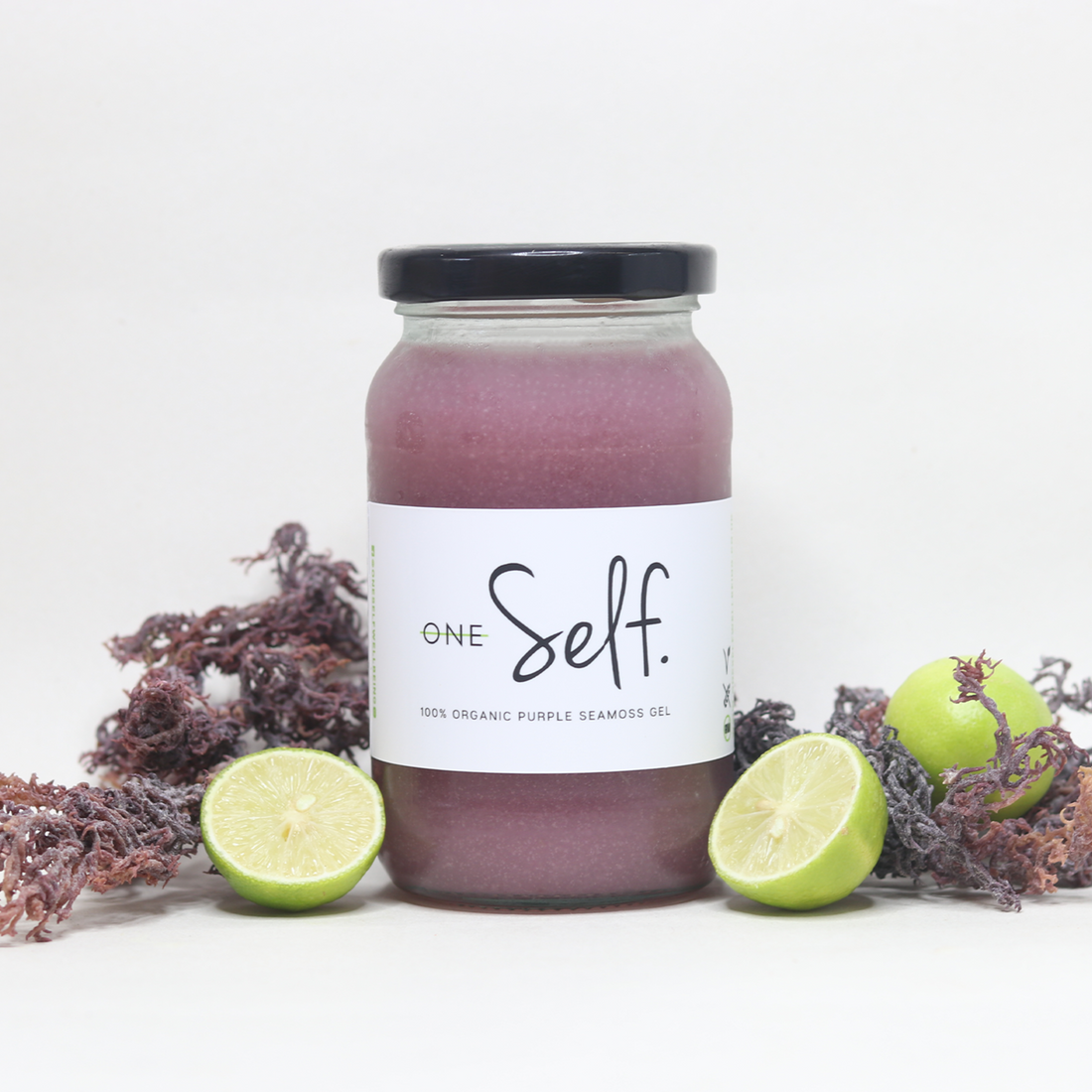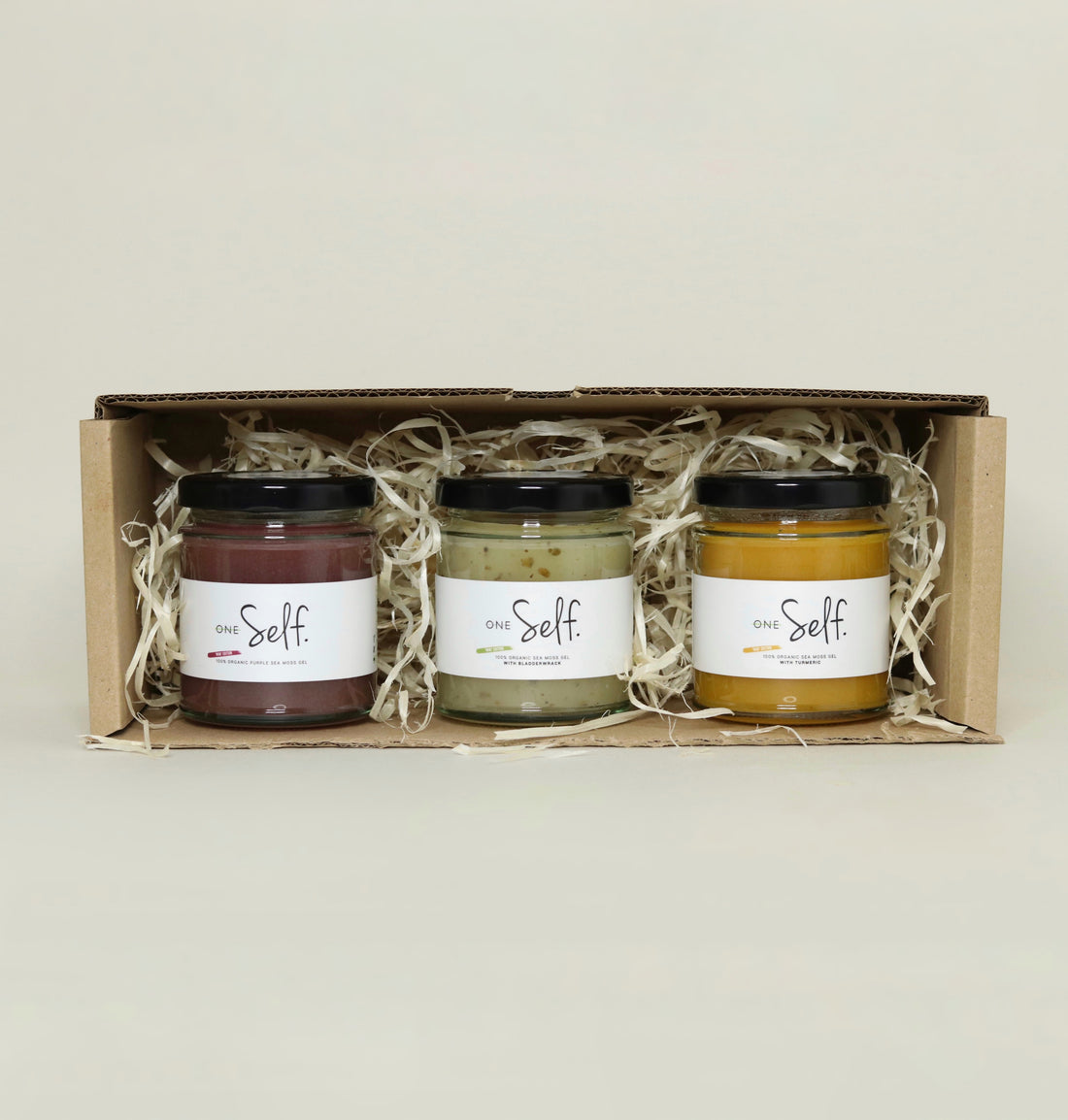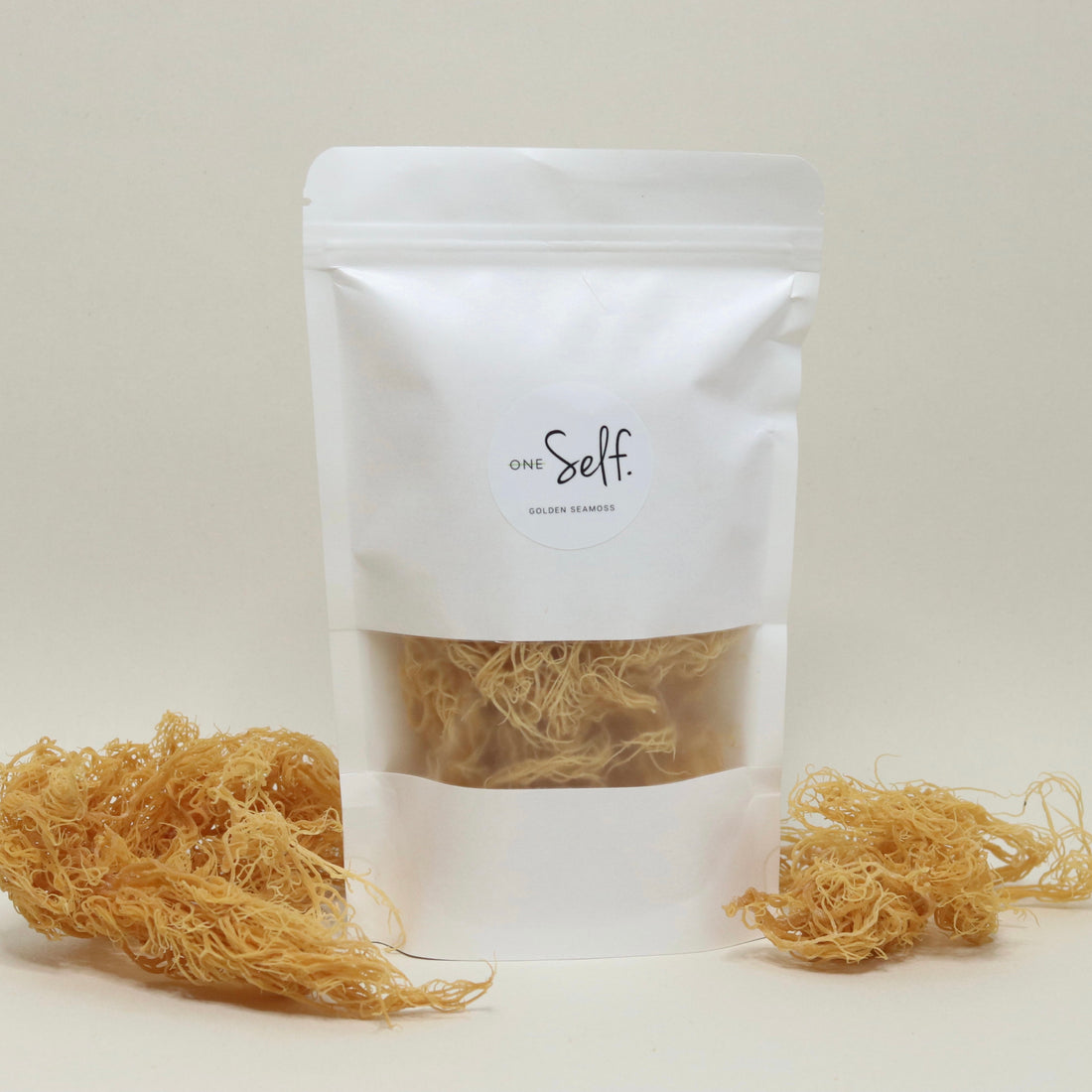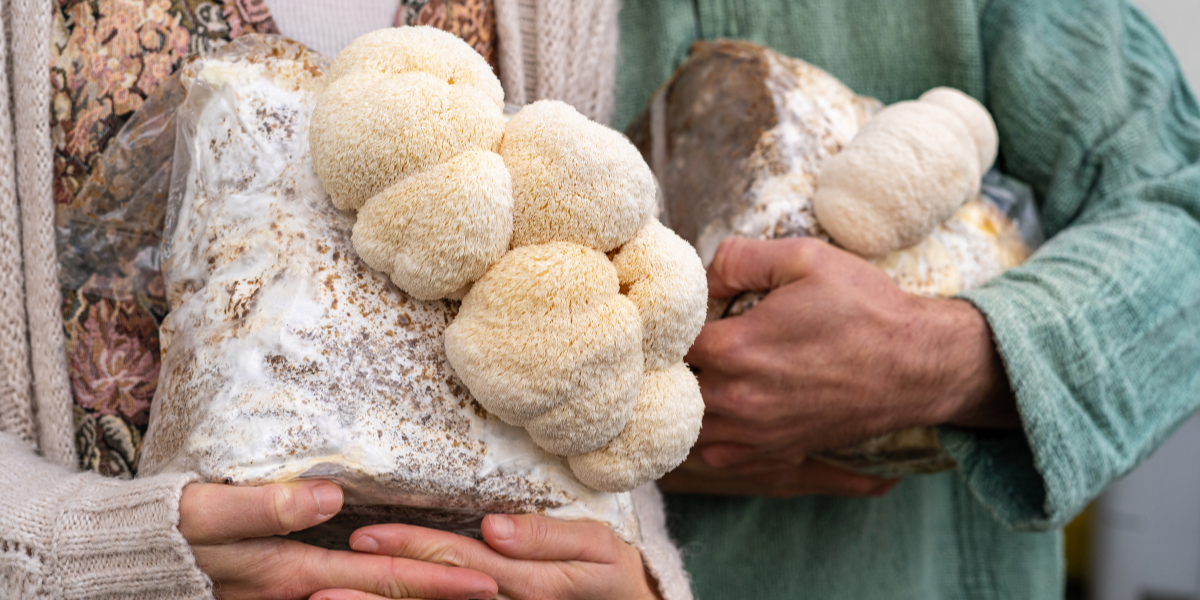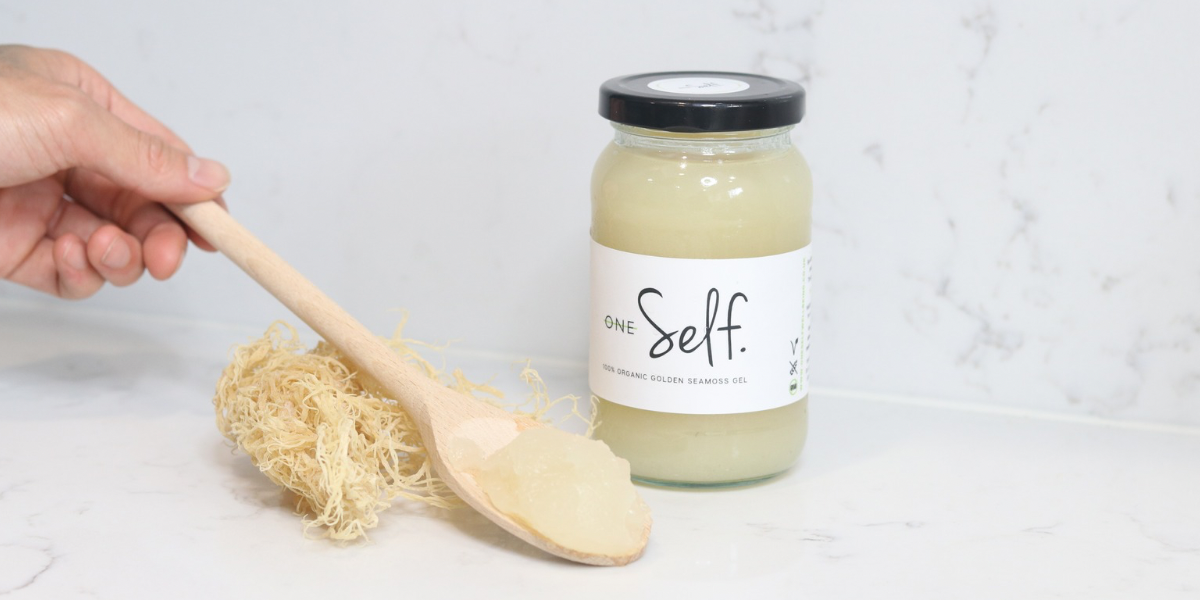6 minute read
You might have seen our NEW premium Irish sea moss product (you called for it, we answered!) What exactly is Irish sea moss and how is it different from the other quality seamoss that we use?
Whilst there are many different variants of sea moss - we use a mixture of Gracilaria, the cousin of Chondrus crispus, for our purple coloured sea moss and Eucheuma cottonii for our golden-brown coloured seamoss (like the turmeric, goji berry, and cinnamon).
Irish sea moss is another species of sea moss, a variant called Chondrus crispus; true Chondrus crispus is a premium product owing to its growing needs and nutrient content.
Let’s dive into why Irish sea moss is different from our other sea moss (and is a bit of a premium)...
History of Irish Sea Moss
Irish sea moss (Chondrus crispus) is perhaps the most well known seamoss; it’s a slightly different species to the St Lucia sea moss that we currently use in most of our products.
It grows primarily in the cool Atlantic coast from Europe to North America; preferring rocks and boulders that are only tidally exposed (if at all), and this makes for trickier harvesting than the freely growing St Lucia of the Carribbean.
Irish Sea moss has centuries of use in Europe for its medicinal properties and as a nutritional staple. In fact, during the Irish potato famine of the 1850’s, the people of Ireland heavily depended on Irish sea moss for sustenance.
Its commercial significance grew in the 19th and 20th centuries as it became a valuable thickening agent in food (like some St Lucia’s did too) and pharmaceutical industries. Today, Irish sea moss is widely used in various products, from food to cosmetics, but faces challenges such as over-harvesting and environmental degradation.
Some of you guys have asked us for Irish sea moss for a long time, but we wanted to make sure we could source it from a quality source. We have found a reputable supplier directly in Ireland who have also provided us with current metal content reports. As always, you can email us for results at any time. Don't forget - We also have a separate blog post outlining what you need to know about heavy metals in sea moss, and the heavy metals in our sea moss.
What about our other, St Lucian sea moss?
We use two types of St Lucian sea moss; Gracilaria in our purple gel, and its close sibling, Eucheuma cottonii, in our other 7 flavours.
Eucheuma has a history deeply rooted in Southeast Asia and the Caribbean. Our Eucheuma is sourced from the Caribbean. It’s a fairly hardy algae, able to grow in a variety of warm salt waters (and we think this attests to its supplemental versatility too!)
Traditionally, it has been harvested by coastal communities for its culinary and medicinal uses. Harvesting techniques developed in the 1980s and in recent decades, its commercial importance has grown significantly, particularly in relation to its carrageenan and agar content (of which it makes up 50% of the worlds supply). It’s a versatile health-supplement, appearing in the beauty, food and wellness industries, and you can learn more about our Seamoss here.
Let’s compare the differences between Irish Sea Moss Vs Eucheuma
- Eucheuma has a lesser (even bland) smell compared to Chondrus crispus, making for a more accessible supplement for those who are new to sea moss.
- Both Irish sea moss and Gracilaria have similar nutrient and micronutrient composition.
- Eucheuma yields better to farming on ropes making for a steadier supply, and it grows all year round, whereas Irish sea moss only grows on rocks and boulders making it a more premium and wild product.
- Eucheuma is a warm water algae resembling frond-like noodles, Irish seamoss is more recognisable as seaweed; fanned, flat, and generally darker.
- Generally, wildcrafted Eucheuma will vary in a pale tone as it’s exposed to various ocean nutrients and environmental conditions. It might even contain elements of other species as they coexist. Eucheuma tends to be lighter in colour, where Irish seamoss is darker. This could be an important factor if you’re cooking with seamoss.
- Irish seamoss tends to be rarer because it doesn’t take well to be controlled or harvested (we love its wild and free nature!)
- Irish seamoss has a long history of dietary use in Indigenous Britain - it may have been harvested for cold and flu symptoms, and certainly helped provide nutrients to the Irish during the potato famine, making Irish seamoss a good, local, and more sustainable choice for people in the UK.
Why you should try Irish sea moss
If you’ve been loving our St Lucian-based products, you’ll find the Irish seamoss to be a unique and nourishing, level-up. While St Lucian sea moss shares most nutritional qualities with Irish sea moss -such as essential minerals and vitamins- Irish sea moss does stand out for its richer nutritional profile. Irish sea moss is well-known for its higher content of carrageenan, the key polysaccharide with potent anti-inflammatory, antioxidant, and skin-rejuvenating properties.
How to use Irish sea moss
You'll be happy to know that you can use our Irish sea moss gel exactly the same as our other sea moss gels! We notice that the texture is a little softer but the taste is pretty much the same as our plain golden gel,
Some of our favourite ideas for incorporating sea moss into your daily life include;
- A nutrient packed sea moss smoothie!
- Stirred into your morning tea or coffee for a boost
- Mixed into soups, stews, and curries
- If you’re creative, mix it up into your hair care routine
Check out some more ideas over here!
The shelf life of each sea moss is the same approximately 3 weeks, and you can keep in your freezer for much longer - up to 3 months which gives you plenty of time to experiment and play around with adding this natural superfood to your daily routine!
